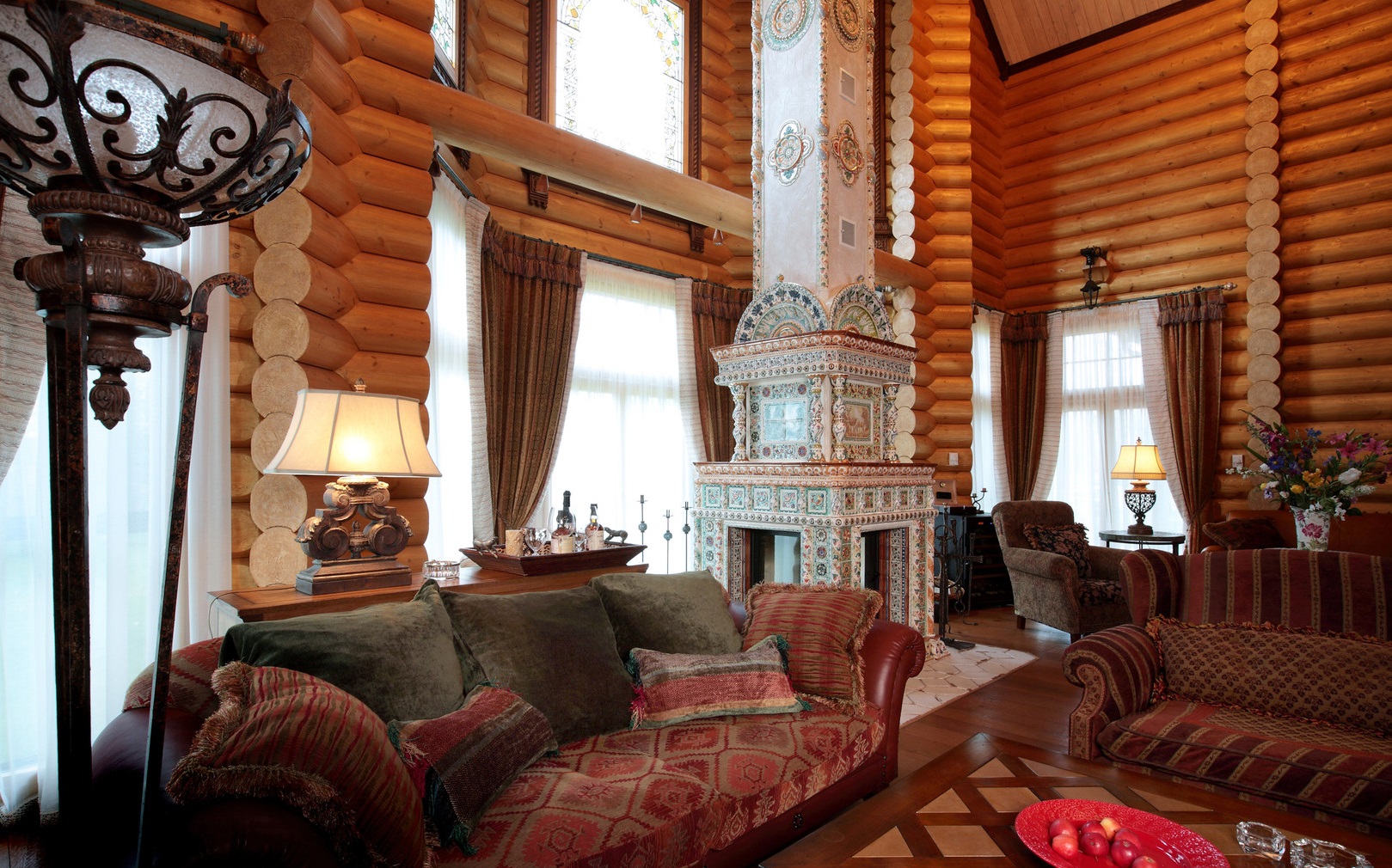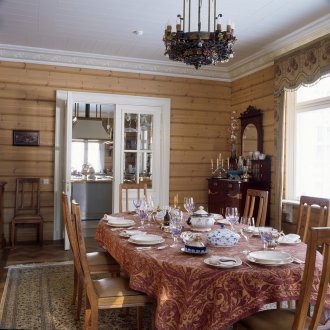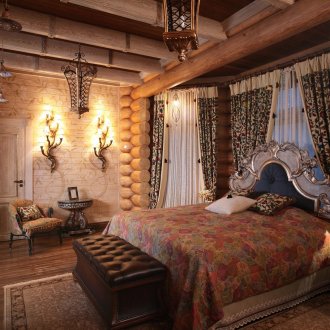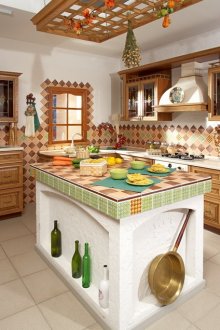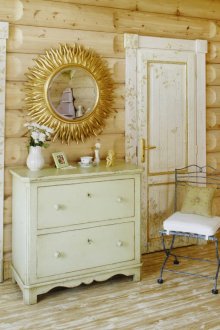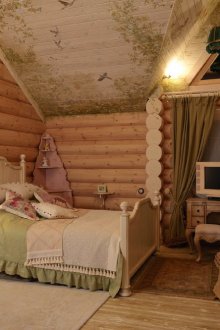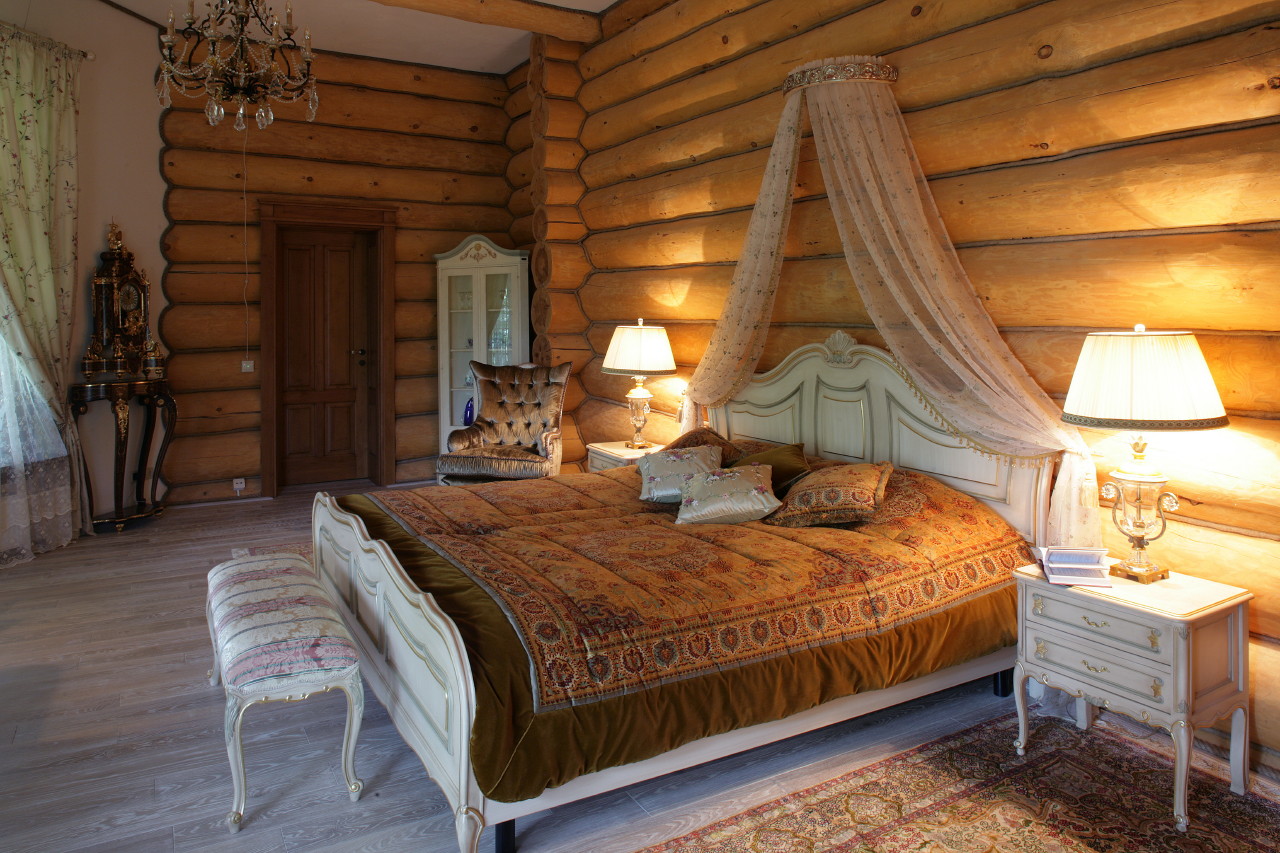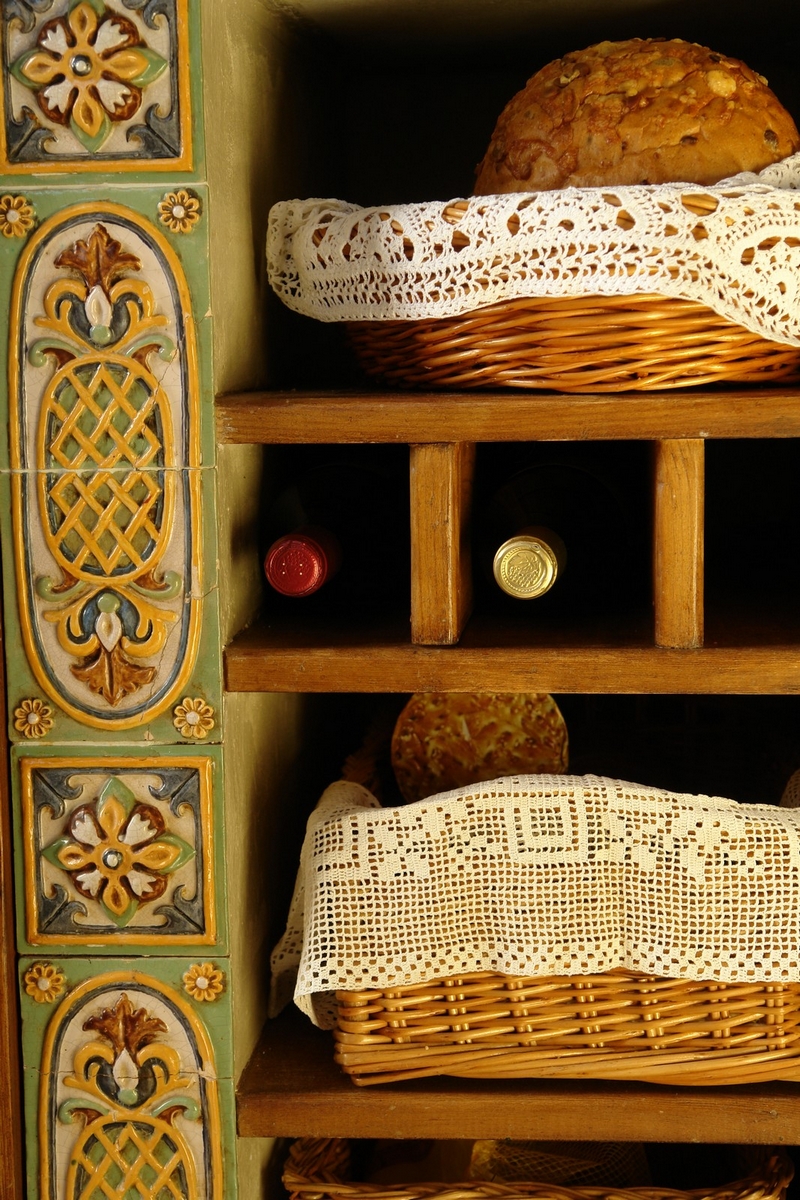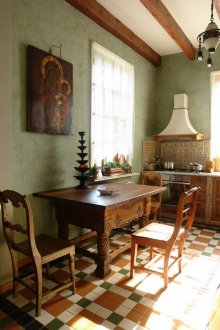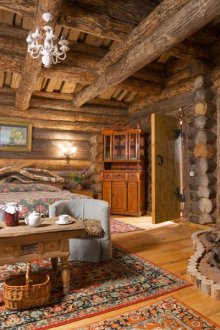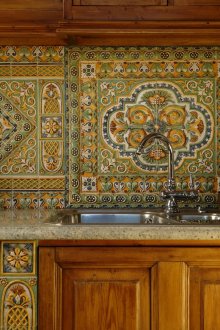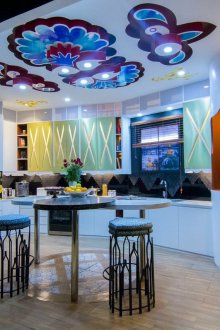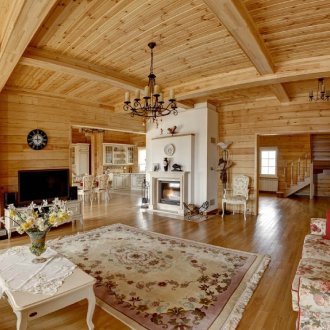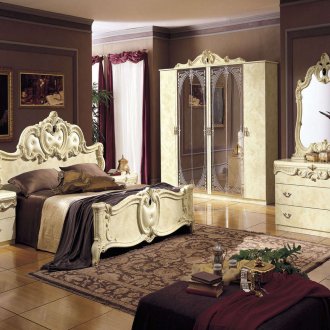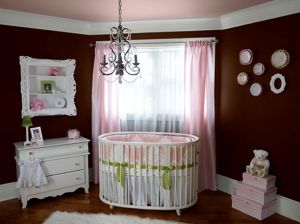Russian style in the interior (17 photos): examples of design in a traditional rustic style
The value of the work of our ancestors is increasingly significant for our contemporaries. And as one example of reverence for our great culture, the traditional Russian style in the interior began to revive. Incredible fairy-tale motifs, vivid painting of the house, log trim of the bath - all this characterizes the modern Russian design.
Features of the direction
Our ancestors put their soul into the construction and decoration of their homes. Every corner was saturated with warmth, comfort and love. Russian style in the interior is often called rustic. What is the difference between the Russian design of the house and rooms from others?
- The maximum use of wood. It should be used not only for finishing floors, walls and ceilings, but also in furniture. It is recommended to use wood species common in Russia.
- Bright colors and floral ornaments in the decoration of walls and furniture.
- It is recommended to artificially age household items: utensils, furniture and lighting fixtures.
- Use in the interior of wooden benches and massive tables.
- A huge role is played by a classic Russian stove or at least a fireplace. This rustic attribute is always decorated with paintings or laid out with tile ornaments.
- A special attitude to fabrics in the design. It must be natural fabrics, it is desirable that the textile was made from linen, chintz or cotton. Complex drapery is not welcome, but embroideries, knitted napkins and appliqués will be very appropriate.
- To design in the Russian style, you also need to add decor elements with embroidery, lace made of clay, traditional Russian toys to the interior.
Several varieties of this style
The fabulous Russian style in the interior in modern design is divided into three types:
- "A la Rus"
- Russian hut
- Russian Terem
"A la Rus" has long been known throughout the world and is distinguished by the use of original ethnic motifs and household items. They can be found in souvenir shops and shops. Practical examples are bast shoes, nesting dolls, samovars. Often, skins of bears, painted dishes, characteristic curtains, tablecloths, pillows, and a Russian folk instrument, balalaika, are used for decoration. This style has no rustic motive, but rather expresses the characteristic Russian decor elements.
Foreigners like this design more like something exotic and unusual for their culture. To create it, you do not need to radically remodel houses or apartments, build baths and estates. More than enough small changes in the design of the rooms - adding a few characteristic elements.
The Russian hut style is more practical and more reminiscent of a classic rustic design. Vivid motifs are rarely used, more often the necessary household items. It is most suitable for decorating manors, a summer residence or a country house. It is very important to use natural materials, so plastic windows and tables, suspended ceilings and floors laid with linoleum, wallpaper does not fit into this design.
Give preference to wooden frames for windows, floors covered with wooden boards, massive carved wooden beams. In general, everything that characterizes country style.If there is no possibility of using wood for wall decoration, it can be replaced with “whitewash”, plaster or regular painting.
A classic Russian stove was needed for village life, so you need to seriously think about creating it. It was multifunctional: it was used for heating, cooking and as a bed. The traditional Russian style in the interior of a summer residence, manor, country house and even a bath requires the use of massive wooden furniture from benches, tables, stools, cabinets. To create coziness and special charm, you can add barrels, chests, boxes. Try to exclude all objects from plastic as much as possible, as this will cause a dissonance in the design. The same applies to modern household appliances. Yes, it is impossible to exclude it, but to decorate - completely.
The Russian Terem style is rich in rich decoration. Bright patterns, rich chests and other objects used by Russian nobles are widely used in it. The Russian style in the interior is characteristic not only in the form of a country house or a hut, the rich in Russia lived in their own world and with their own decorative elements.
This design allows the design of walls with fabrics, upholstery and even some types of wallpaper. The floors can be covered with parquet, and the reconciliation can be covered with soft carpets. Unlike the rustic style, here you can move away from the rough furniture and use chairs, sofas. But the lining should be made of velor or other rich solid fabric. Use of skin is allowed.
Lighting subjects also differ. A large crystal chandelier can hang under the ceiling, while metal elements can imitate bronze and gold. Textiles have their own preferences. It is advisable to decorate everything inside the rooms with brocade.
Design options
- Gzhel style will please fans of a combination of blue and white. Gentle overflows of blue over white creates an atmosphere of lightness and weightlessness.
- If you like something unusual, fabulous, at the same time stylish, give preference to the style of lubok. These are colorful pictures reminiscent of children's books with fairy tales.
- Khokhloma decor looks very bright and elegant. Khokhloma harmonizes with wooden coatings, home textiles can also convey this image, where black, red and gold colors predominate.
- For sewing interior draperies, choose simple fabrics with repeating textures, use natural linen fabric.
- A quilt of flaps, where each piece is a different story, as well as slides of pillows folded in size, will add Russian color to the dwelling. This design of bedrooms previously symbolized a rich family, where friendly spouses raise many children.
- Fans of grace and visual aesthetics can be advised Russian Rococo. This is a palace style. This design will help you create a tapestry fabric for furniture, carved wooden furniture opened with gold, filigree plates and openwork figurines. How much you have to pay for such a design - this is determined by the subtleties of manufacturing and the wishes of the customer.
